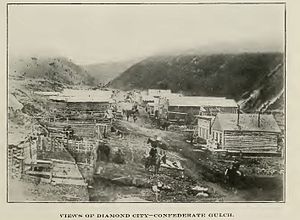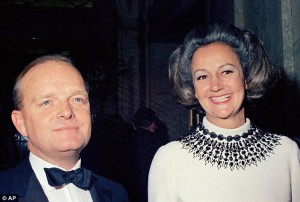Vic, how many years have you attended RBMS for now?
My first RBMS Conference, then called the Preconference for the conference precedes the big ALA event, was in San Francisco, 2002. I was the local ABAA rep to the RBMS Local Affairs committee, and helped with things like stuffing the book bag, helping arrange the ABAA hosted reception, etc. The conference hotel was the Fairmont, which is a lovely hotel at the top of Nob Hill. I confess I don’t remember too many specifics of the conference itself, just have an overall impression of enjoying the week.
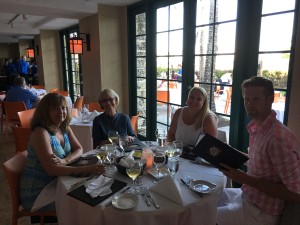 What are some of your most favorite past locales where it has been held?
What are some of your most favorite past locales where it has been held?
Having just returned from Miami, I can definitely say that locale was one of my favorites, though one prior that does stick out was a number of years ago [2009] when the conference was held in Charlottesville, VA to celebrate the 50th Anniversary of the event. Always like travelling to Charlottesville. Another that comes to mind was that of 2013, which was held in Minneapolis. The reason this one is memorable is because, even though I was registrered, I had to cancel at the last minute, as I contracted a bout of pleurisy [as you may also remember!]. Ouch!
Could you give us a walk-through of this weekend, or a typical RBMS weekend? Conferences, showcases – give us the low-down!
The week is filled with sessions & panels, etc., etc. As you might imagine, as one of the trade, not all issues germane to the librarian community has relevance to my work, however, by better understanding those issues important to my institutional clientele, I can better serve them, which is my job. The bookseller showcase is an adjunct to the conference, which provides the curators attending the conference an opportunity to sample the wares of my colleagues & discuss with those exhibiting booksellers their needs/wants.
What have you learned at this past RBMS? What conferences did you attend and who struck you as a phenomenally great speaker?
The individual that immediately comes to mind, Pellom McDaniels, was a speaker this year at the Thursday afternoon panel [“A Broad and Deep Look at Outreach”] held at the University of Miami. The intent of the session was “to demonstrate the myriad ways special collections and archives can engage and interact with multiple constituencies.” This fellow from Emory was high energy, engaged & enthusiastic. And you could tell from his presentation, that he had achieved the goal of “engaging & interacting”. It was good to see that, at least in his case, special collections was reaching out beyond the reading room, and showing the community the wonders that lie behind the mahogany doors.
Why do you do the RBMS showcase? Is it to sell? Or is it rather to meet new people?
The intent of the showcase is to provide an opportunity for both the bookseller & the librarian communities to interact. It is most definitely NOT a bookfair. Remember, the booksellers are there as an adjunct to the conference, in other words, the showcase is not the main event.
Would you recommend attending RBMS to other booksellers? What about newbie booksellers? Librarians?
If institutional clientele are part of your business model, or you wish to add them to your customer list, then yes, the showcase provides an *opportunity* to do this. Granted, it’s not the only way, just one way, especially if you are a new ABAA member, it’s one way to do so. As for the librarian community, if your responsibilites include collection develeopment, then yes, meeting and talking with the exhibiting booksellers can help you with this facet of your job. Afterall, if you’re fishing [for books], why not cast a wide net?
In summary, this past week was a great one- both from a program perspective, as well as a venue. The Biltmore Hotel is a grand old lady, whose elegance if fading somewhat, but she still outshines many younger models. Next year’s conference will be in Iowa City. While certainly it’ll be different than Miami, I have no doubt it too will be a success.

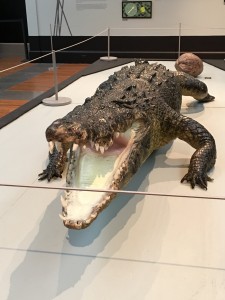
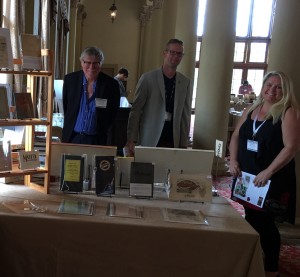
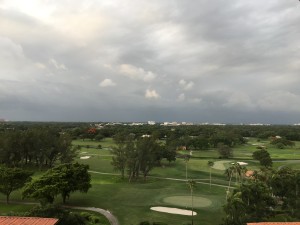

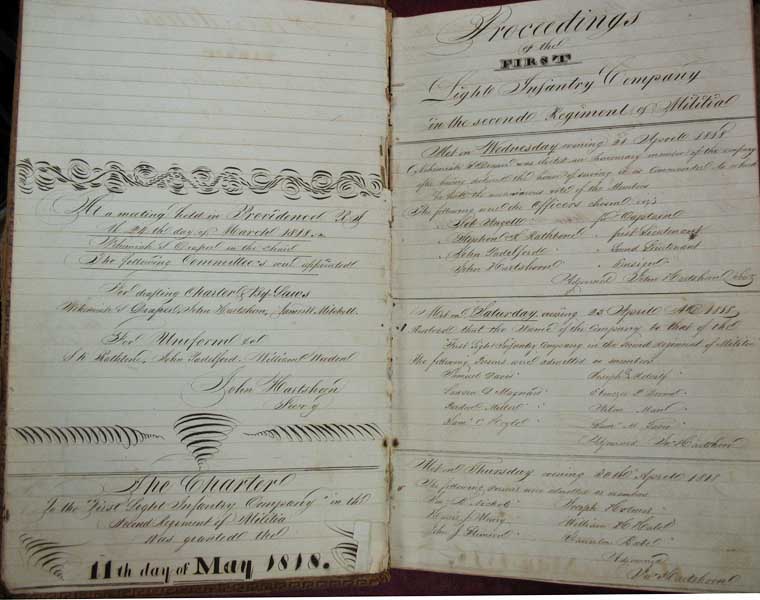
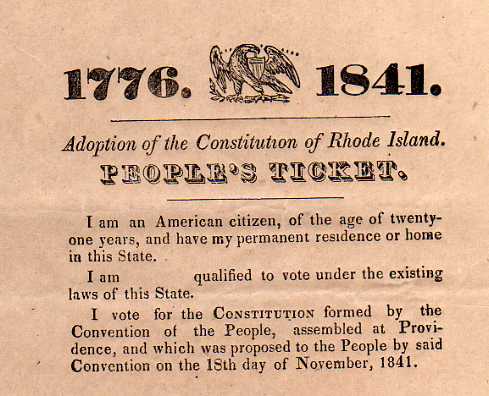
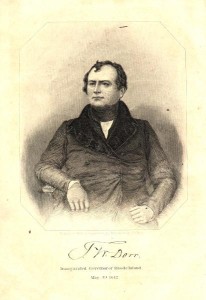
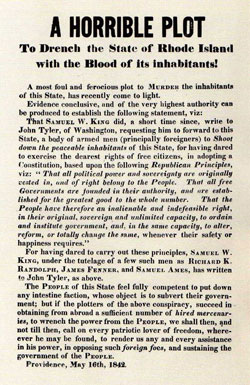
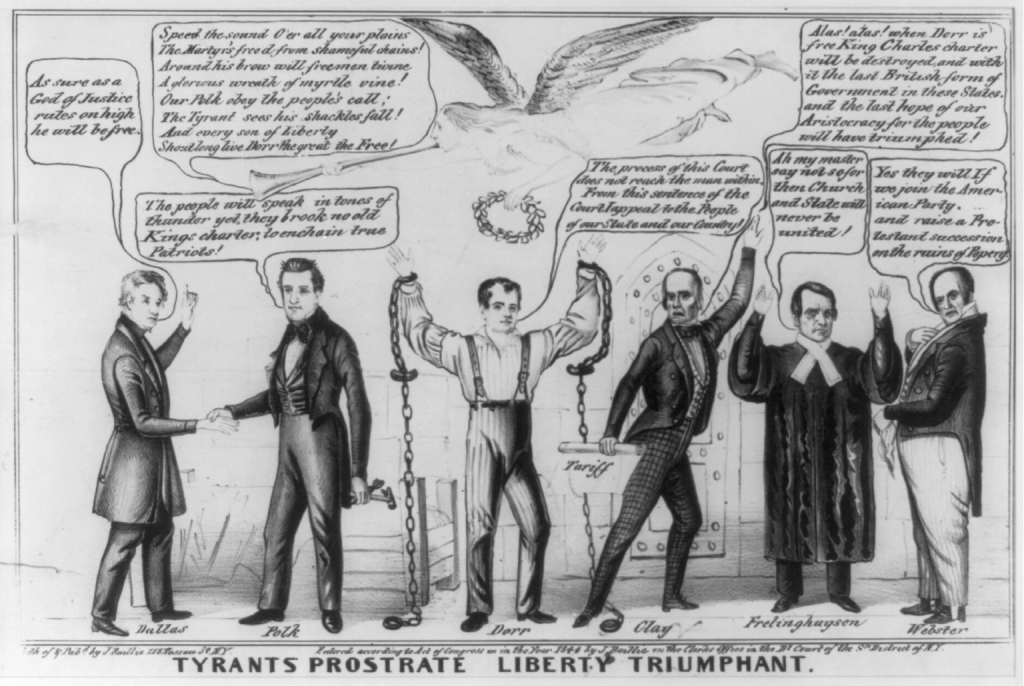
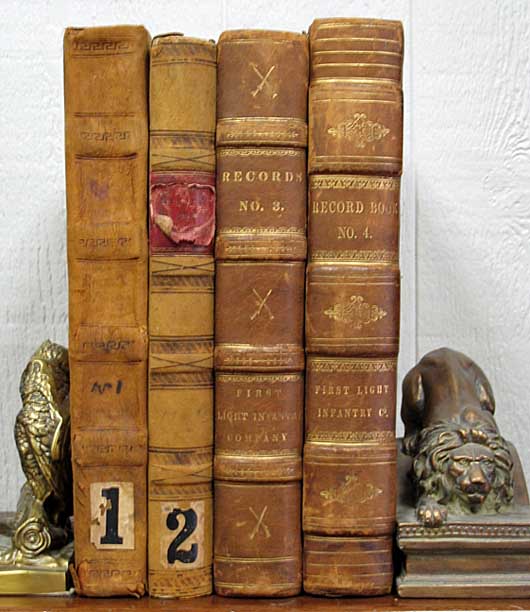
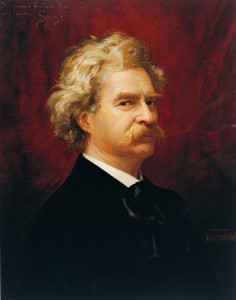
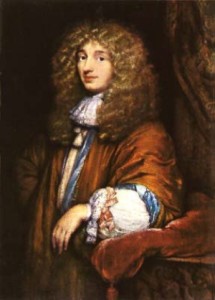 Revered scientist Robert Hooke was one of the original fellows of the Royal Society and the curator of the group’s experiments. He was also responsible for recording the organization’s minutes from 1661 to 1682. The minutes make for fascinating reading, not least because of Hooke’s own asides and commentary. They recount many seminal moments in science, including the earliest work with a microscope and the first sightings of sperm and micro-organisms. This fascinating 500-page document didn’t show up until 2006, when it was discovered in a dusty cabinet.
Revered scientist Robert Hooke was one of the original fellows of the Royal Society and the curator of the group’s experiments. He was also responsible for recording the organization’s minutes from 1661 to 1682. The minutes make for fascinating reading, not least because of Hooke’s own asides and commentary. They recount many seminal moments in science, including the earliest work with a microscope and the first sightings of sperm and micro-organisms. This fascinating 500-page document didn’t show up until 2006, when it was discovered in a dusty cabinet.